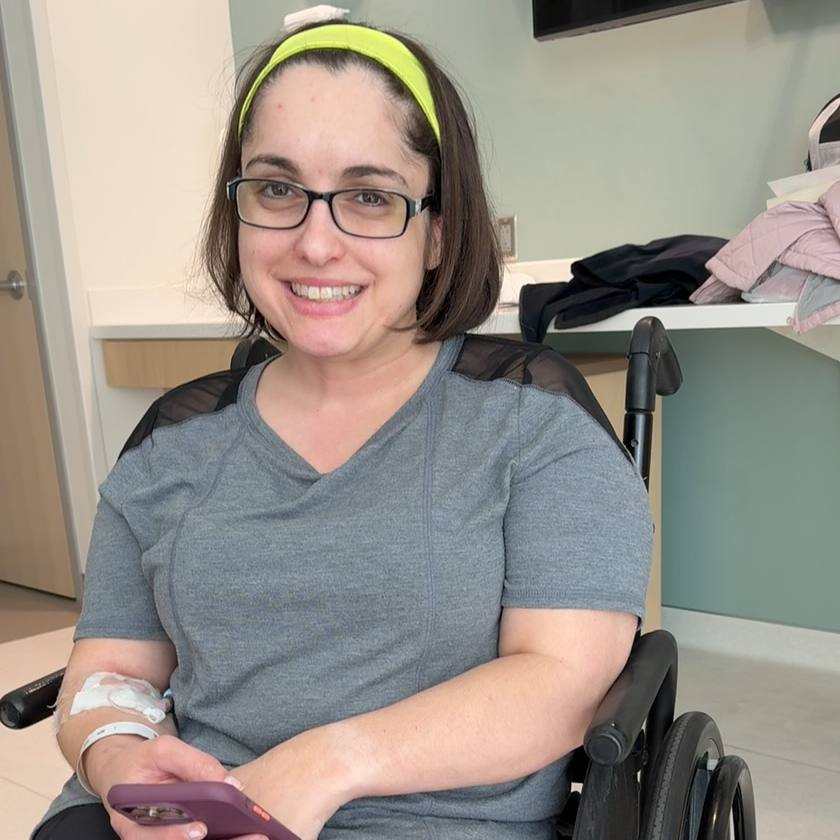-
Weekend Wellness: Early initial exam by orthodontist provides baseline assessment of child’s teeth, jaws
DEAR MAYO CLINIC: What age is best for my 9-year-old daughter to be seen by an orthodontist? Some of her friends already have braces, but this seems very early to me, since she’s only lost a few teeth.
ANSWER: Although many people associate braces with the teenage years, 9 years old is not too young to have a child’s teeth evaluated by an orthodontist. In fact, the American Association of Orthodontics recommends that all children have an initial examination with an orthodontist by the time they are 7. That exam is necessary because it provides a baseline assessment of a child’s teeth and jaws and can help catch problems in their early stages.
The purpose of orthodontics is to prevent, diagnose and treat dental and facial irregularities. The technical term for these problems is “malocclusion,” which means “bad bite.” By age 7, most children have had several permanent teeth come into both the upper and lower jaws. Once those permanent teeth start coming in, an orthodontist can evaluate a child’s developing bite to see if there are any areas of concern.
A variety of conditions can affect children’s teeth and jaws at this age. In an initial evaluation, an orthodontist looks for teeth erupting out of their normal position, as well as missing teeth or extra teeth. Early loss of baby teeth or delayed eruption of permanent teeth may be identified at this time, too.
An orthodontist also can check teeth that may be abnormal in size and assess whether they require attention. In particular, upper teeth that are very prominent can be problematic because they tend to be at high risk for injury in a fall.
Dental crowding or problems with spacing may start to appear as permanent teeth come in. Jaws that are out of alignment as a result of altered growth of one or both jaws may be evident, too. In addition, oral habits such as finger sucking, thumb sucking or tooth grinding can be addressed at this time.
Some children may begin to develop speech issues as a result of teeth or jaw problems, even at a young age. It is important to identify and address those problems as soon as possible, before they become more severe.
In general, orthodontic treatment for younger children is not as comprehensive as it typically is for adolescents or adults. Instead, treatment focuses on managing specific problems that are identified.
In most cases, orthodontic treatment at a young age does not eliminate the need for orthodontics later in life. But early identification of problems at this stage, along with appropriate follow-up treatment, may help to reduce the severity of teeth and jaw problems. In some children, that may mean less-intensive treatment will be needed when it comes time for additional orthodontic care as they get older.
For many children, an early evaluation by an orthodontist before the age of 7 does not uncover any issues that require treatment. It is still valuable to have that assessment done, because it will give you and your child’s dentist useful information about the health and development of the child’s teeth and jaws. It will also help you decide what type of follow-up schedule your child should be on to monitor the need for orthodontic care as she or he makes the transition to permanent teeth. — John Volz, D.D.S., Orthodontics, Mayo Clinic, Rochester, Minn.







